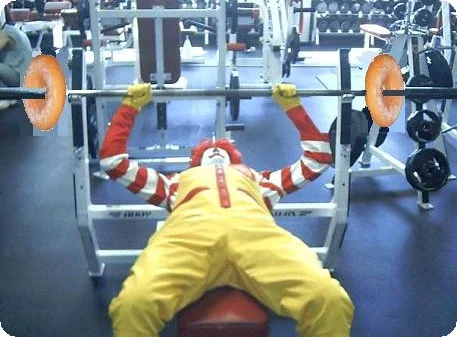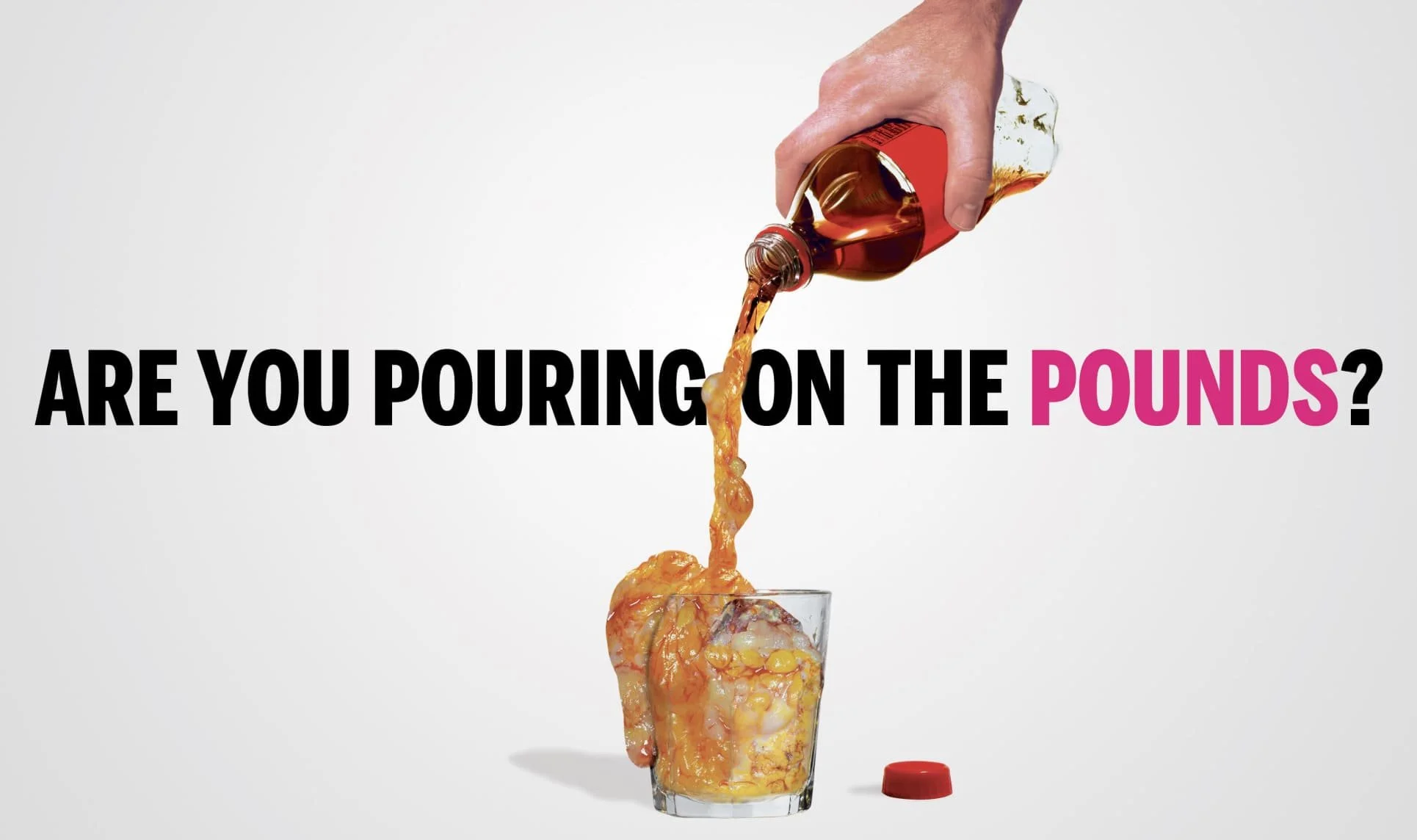The Sitting Disease: Physical Symptoms, Side Effects, and How to Break Free
/Prolonged sitting—often called the sitting disease—is linked to obesity, diabetes, heart disease, and even premature death. Whether you work at a desk or spend evenings on the couch, too much sitting can trigger harmful physical symptoms and long-term health risks. In this guide, learn the maximum sitting time per day, the 10 side effects of prolonged sitting, and practical tips on how to reduce the effects of sitting all day.
Read More



